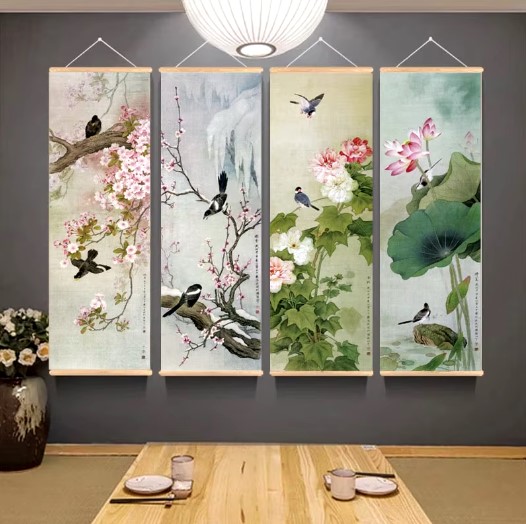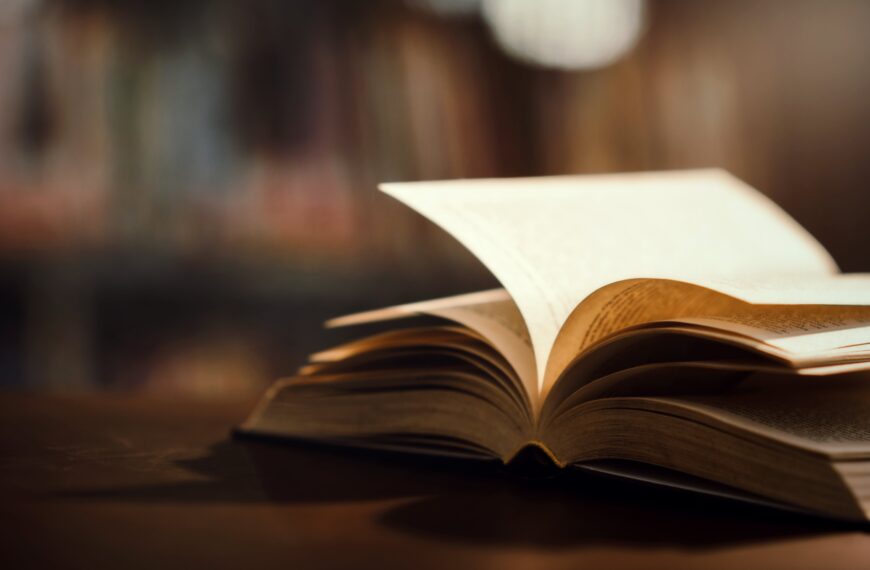Chinese ink painting is one of the most profound and expressive art forms rooted in centuries of tradition, philosophy, and subtlety. Unlike Western styles that often seek to fill every inch of the canvas, Chinese ink painting embraces emptiness just as much as fullness. But why? What is the meaning behind these seemingly vacant spaces, and how do they connect with the essence of Chinese culture?
To understand the unique approach of Chinese ink painting, one must first explore its historical context and the philosophical undercurrents that shaped it.
The Essence of Emptiness in Chinese Ink Painting
In Chinese aesthetics, emptiness is not void—it’s potential. Rooted deeply in Taoist and Buddhist thought, the concept of “Wu” (无), which means “non-being” or “emptiness,” plays a central role. Artists deliberately leave parts of the painting blank to represent space, time, or the unseen elements of nature. In Chinese ink painting, blankness speaks louder than color, commanding viewers to interpret the story beyond what is seen.
This technique is known as “liubai” (留白)—the art of leaving space. It’s not about what’s drawn, but what’s implied. A single mountain peak in black ink emerging from a sea of white paper might suggest fog, a vast sky, or spiritual emptiness. That white space is an invitation: a pause, a breath, a moment of introspection.
Liubai is not a lack of detail—it is a mastery of restraint.
Brush, Ink, and Mind: The Trifecta of Expression
A core philosophy in Chinese ink painting is that the brush doesn’t merely paint—it records the artist’s spirit. The tools are few: black ink, rice paper, and a brush. Yet, within this simplicity lies infinite complexity. Every stroke reflects the rhythm, control, and inner world of the painter. The motion of the wrist, the pressure of the stroke, and the flow of the ink are all reflections of the artist’s heart and mind at that exact moment.
There’s an old Chinese saying: “The painting reveals the man.” A sloppy stroke shows a restless mind. A bold line suggests courage. When viewing a piece of Chinese ink painting, you’re not just seeing an image—you’re reading a person’s thoughts.
Nature as Teacher and Subject
Chinese ink painting is intrinsically tied to the natural world. Rather than copying nature, it seeks to express its spirit. Landscapes are one of the most common themes, not to replicate scenes but to capture the rhythm and essence of mountains, rivers, trees, and animals. Artists spend hours in nature, meditating, sketching, and breathing in the environment before transferring that experience onto the canvas.
Notably, the emphasis isn’t on realism, but on the dynamic flow of energy—Qi (气)—within nature. The lines might be abstract, the forms distorted, but the energy must flow. This spiritual connection is what makes Chinese ink painting feel alive. It’s not about what you see—it’s about what you feel.
Symbolism Hidden in Strokes
Every subject in Chinese ink painting is layered with meaning. Bamboo isn’t just a plant—it’s a symbol of resilience and virtue. Orchids represent humility, plum blossoms signify endurance through hardship, and pine trees stand for longevity. Together, these are known as the “Four Gentlemen,” often painted by scholars to reflect their own moral character.
Birds, rocks, and even the way a mountain is shaped can carry symbolic significance. In this way, each painting becomes a poem written with brush and ink, each element a metaphor waiting to be understood.
Scholar-Artists: The Literati Tradition
One of the most fascinating aspects of Chinese ink painting is its deep connection to the literati class, the scholar-artists who pursued painting, poetry, and calligraphy not for profit but for personal cultivation. For them, painting was a spiritual practice, not a commercial one. They would paint not to impress but to express—choosing themes that resonated with their inner thoughts and philosophies.
This tradition gave rise to unique personal styles. No two artists followed the same method; instead, each developed a visual language rooted in personal experience, classical texts, and a shared cultural philosophy. Their paintings often included calligraphy and poetry, blending three art forms into one.
Contemporary Revival and Global Appeal
While traditional in roots, Chinese ink painting has never remained static. Modern artists continue to explore this medium, blending old techniques with new themes. Abstract expression, political commentary, and contemporary symbolism now share space with ancient mountains and rivers.
International exhibitions and collectors increasingly seek authentic Chinese ink works, appreciating the discipline, philosophy, and emotional depth they convey. Artists today not only uphold the traditions but also push boundaries, proving that this art form is timeless and adaptable.
Art schools around the world now include courses on Chinese ink painting, and collectors recognize its spiritual and cultural weight. Whether in a scroll, a gallery, or a digital exhibit, ink painting remains a bridge between past and present, East and West.
Final Thoughts
The deliberate blank spaces in Chinese ink painting are not mistakes or oversights—they are the very soul of the artwork. They echo the silence of a mountain peak, the stillness of morning mist, and the open spaces of the human spirit. Each stroke, each pause, and each unpainted corner reflects a deeper understanding of life, nature, and self.
In a world flooded with noise, Chinese ink painting offers a quiet yet powerful voice. It doesn’t shout for attention—it invites contemplation. And in doing so, it continues to captivate viewers across cultures and centuries, proving that sometimes, what is left unsaid holds the deepest meaning.
Whether you’re an artist, a collector, or simply a lover of culture, diving into the world of Chinese ink painting opens up a space for reflection and appreciation unlike any other. It’s not just art—it’s philosophy in motion.














